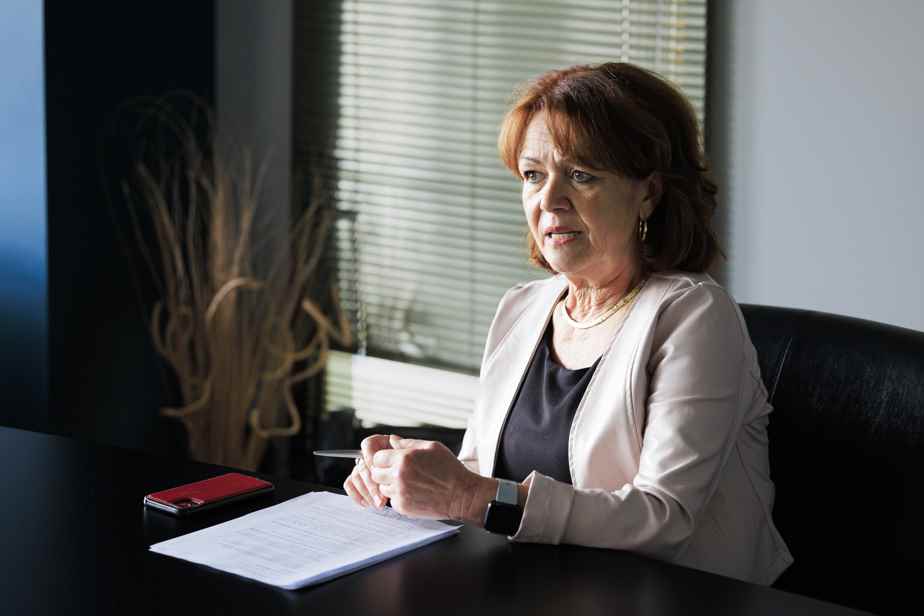(Montreal) The Mayor of Rouyn-Noranda affirms that the various local reactions to the issue of polluting fumes from the Horne Foundry have raised concerns among elected municipal officials about the social divide among the population.
Posted at 7:59
During Monday night’s City Council meeting, Mayor Diane Dallaire added that these concerns are causing divisions that she believes are going nowhere.
She noted many concerns among the residents of Rouyn-Noranda about their health and asked the multinational Glencore, owner of the Horne Foundry, to do more and better to reassure the population about emissions of arsenic and other metals.
Mme Dallaire also mentioned the fears of many residents of witnessing the closure of the foundry and the disappearance of several hundred paying jobs.
Last Thursday, Claude Bélanger, head of copper operations in North America at Glencore, announced the investment of 500 million to reach an arsenic emission threshold of 15 nanograms per cubic meter of air (ng/m3) in 2027, as requested by Quebec public health authorities and the Ministry of the Environment.
The company predicts that 84% of the urban perimeter of Rouyn-Noranda will reach a concentration of 3 ng/m3 or less in 2027, which would correspond to the Quebec standard. However, management was unable to indicate how and when the foundry could reach the Quebec standard for the entire city.
Diane Dallaire recalled that mining regions like Rouyn-Noranda are used to pooling the strengths of researchers, business leaders and their employees to find solutions to problems like that of the Horne smelter. His apprehensions of social fracture within the population make him fear that there is not enough cohesion to achieve this.
Mayor Dallaire also points out that psychological health problems are occurring in Rouyn-Noranda because of the Horne Foundry file.
The population will be able to vote in writing on the new threshold of 15 nanograms per cubic meter from September 6 to October 20.
To achieve this, Glencore’s investment includes the construction of a new plant section which includes re-engineering of copper processing processes, the addition of a very high capacity air cleaning system , the construction of a new energy-efficient casting wheel, improvements to the current capture systems and the optimization of the facilities around the plant in order to reduce emissions as much as possible.
